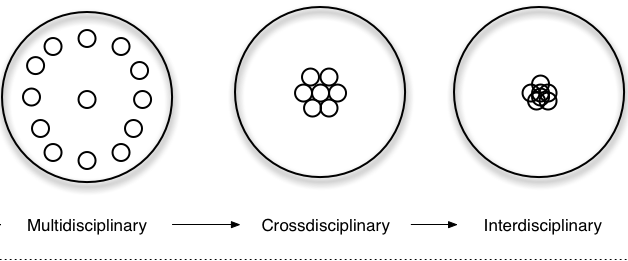Words like multidisciplinary, interdisciplinary, and transdisciplinary are often used interchangeably. But what do they mean?
For years now, I?ve been obsessed with the idea of synthesis of knowledge from various disciplines, academic and non-academic. Looking at things holistically and considering the interdependence between them seems like an obvious way forward to solve the hard and complex problems of our society. We need to both specialise and have the holistic picture. Lucky for us, research is essentially a collaborative process, and the nature and intimacy of collaborations yield different disciplinary frameworks: intra/mono, multi, cross, inter, and trans.
This representation by Jenseniu (2012) summarises the progression to transdisciplinary in a snapshot.
 SOURCE: http://www.arj.no/wp-content/2012/03/interdisciplinary.png
SOURCE: http://www.arj.no/wp-content/2012/03/interdisciplinary.png
So let?s break this down in terms of a research project combining ideas from Tress et al. (2005a), Choi and Pak (2006), and Jenseniu (2012).
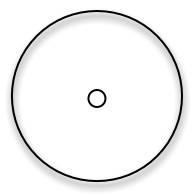 INTRADISCIPLINARY ? WITHIN
INTRADISCIPLINARY ? WITHIN
Latin intra (prep.) ?within, inside, on the inside? ? working within the frame of a single, recognised discipline. The collaboration depends on how wide the discipline is and the specificity of the research problem. For example, an astronomy research project focussing on stellar evolution will mostly include astronomers from the same field, and collaborators will publish in similar journals.
 MULTIDISCIPLINARY ? ADD, MULTIPLY
MULTIDISCIPLINARY ? ADD, MULTIPLY
Latin multus (v.) ?much, many? ? looking at one problem by adding multiple perspectives and disciplines to the mix. In this process, a root discipline may involve other disciplines to solve a problem. Participants exchange knowledge and compare results, but stop short of integrating them. The disciplines maintain their distinctiveness and the results remain grounded in the framework of the root discipline. A multidisciplinary panel of business consultants, psychologists, lawyers and financial experts are common to resolve business conflicts.
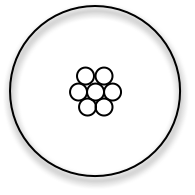 CROSSDISCIPLINARY ? INTERSECT, TRANSFER
CROSSDISCIPLINARY ? INTERSECT, TRANSFER
Latin crux (n.) ?intersecting, lying athwart each other? ? intersecting knowledge from two or more disciplines, viewing one discipline from the perspective of another. Researchers collaborate with the goal of transferring knowledge from one discipline to another. Understanding the complex dynamics of environmental problems in a socioecological context is a typical cross-disciplinary approach. Or combining tools from economics and philosophy to introduce an ethical dimension to the discussion of economic problems. Tress et al. (2005a) uses ?crossdisciplinary? more generally to refer to multi-, inter-, and transdisciplinary projects.
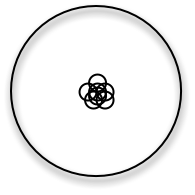 INTERDISCIPLINARY ? INTEGRATE, SYSTHESISE
INTERDISCIPLINARY ? INTEGRATE, SYSTHESISE
Latin inter (prep., adv.) ?among, between, betwixt, in the midst? ? integrating knowledge and methods from different disciplines using a synthesis of approaches. Interdisciplinary concerns collaborations between contrasting academic disciplines or research methods for new applications, new analyses, or the creation of entirely new disciplines (Nicolescu 1997). For example, interdisciplinary research on information systems and biomedical research has given rise to the field of bioinformatics. ?Art & Science? or ?Art & Technology? are hot interdisciplinary spaces in my line of work.
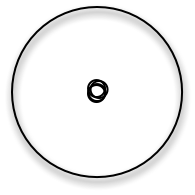 TRANSDISCIPLINARY ? TRANSCEND, WHOLE
TRANSDISCIPLINARY ? TRANSCEND, WHOLE
Latin trans (prep.) ?across, over, beyond? ? emergence of a new discipline transcending the boundaries of disciplinary perspective. Transdisciplinarity combines interdisciplinarity with a participatory approach. The research paradigms involve non-academic participants as (equal) participants in the process to reach a common goal ? usually a solution to a problem of society at large. It can be considered as the culmination of interdisciplinary efforts. Transdisciplinary also has a wholism associated with it. While interdisciplinary collaborations create new knowledge synthesised from existing disciplines, a transdisciplinary team relates all disciplines into a coherent whole (McGregor, 2004). The field of ?sustainability? in essence is a transdisciplinary one.
 ANTIDISCIPLINARY ? WITHOUT
ANTIDISCIPLINARY ? WITHOUT
A new buzzword occupying the interdisciplinary maker space is ?antidisciplinary? ? used by Ito (2014) to talk about working in spaces that simply do not fit into existing academic disciplines, like ?non-elephant animals?. I, however, relate the word ?antidisciplinary? to the non-conceptual space described in Buddhist texts (Hanh, 1987) where the contemplations involve looking at a sheet of paper and seeing the clouds, the rain, the trees?inside it. So seeing things as they are, without labels.
I guess this brings us full circle, then.
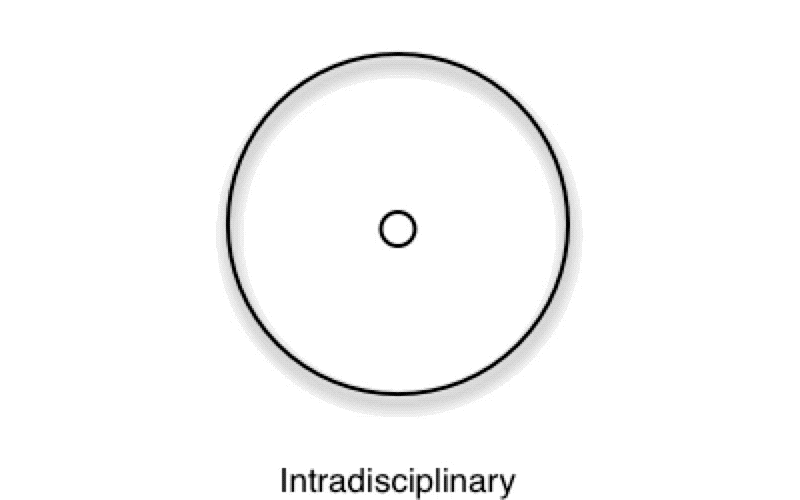
Sources:
Choi, B.C. & Pak, A. W. (2006). Multidisciplinarity, interdisciplinarity and transdisciplinarity in health research, services, education and policy: 1. Definitions, objectives, and evidence of effectiveness. Clin Invest Med 29(6):351?64.
Hanh T. T. (1987). The Heart of Understanding: Commentaries on the Prajnaparamita Heart Sutra.
Ito J. (2014). Antidisciplinary. Joichi Ito?s Web. Available at: http://joi.ito.com/weblog/2014/10/02/antidisciplinar.html (Accessed 23 January 2017).
Jensenius, A.R. (2012). Disciplinarities: intra, cross, multi, inter, trans?, Available at: www.arj.no/.2012/03/12/disciplinarities-2 (Accessed 23 January 2017).
McGregor, S. L. T. (2004) The Nature of Transdisciplinary Research and Practice. Available at: http://www.kon.org/hswp/archive/transdiscipl.pdf (Accessed 23 January 2017).
Nicolescu, B. (1997). The transdisciplinary evolution of the university condition for sustainable development. Available at: http://perso.club-internet.fr/nicol/ciret/bulletin/b12/b12c8.htm (Accessed 23 January 2017).
Tress, B., Tress, G. & Fry, G. (2005a) Clarifying integrative research concepts in landscape ecology. Landscape Ecology 20:479?493.
Online Etymology Dictionary, Available at: http://www.etymonline.com/ (Accessed on 24 January 2017)
